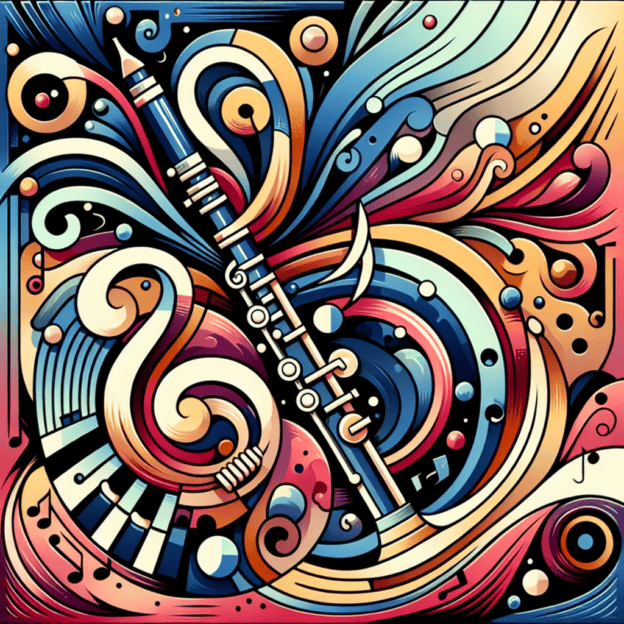Our Free Clarinet Fingering Charts offer a comprehensive guide for beginners and experienced players to master their instrument.
Search the MartinFreres.net Free Fingering Charts
Each chart is designed to help clarify the connection between the notes and the corresponding finger placements, making it easier for clarinetists to visualize and practice the correct techniques. By providing a detailed graphic of the finger positions directly beneath each note on the music sheet, our charts make it simple to learn new notes and refine your playing accuracy. Whether you’re working on scales, learning a new song, or practicing specific fingerings, these charts are invaluable for improving your overall performance.
On our website, you can explore a wide variety of Clarinet Fingering Charts, each tailored to different levels and styles of play. With the option to scroll through the selection or use the search box above, finding the exact chart you need is quick and easy. Whether you’re looking for specific scales, songs, or particular techniques, our extensive collection of charts ensures that you’ll find the right resource to enhance your practice sessions. These free resources will accelerate your learning and allow you to enjoy a more intuitive clarinet-playing experience.










